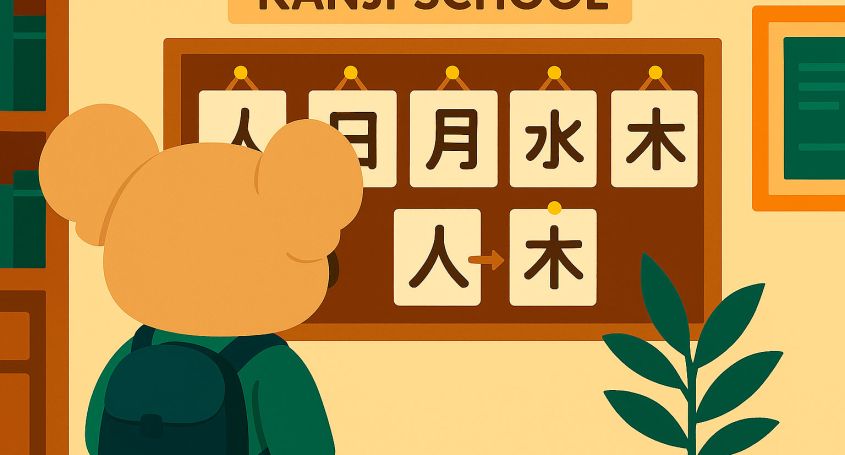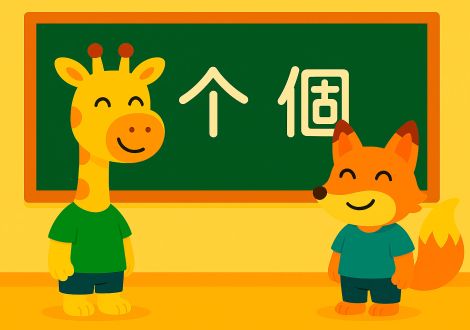When talking about the Chinese alphabet, you are referring to its characters, the smallest writing-unit with symbols that represent whole words and which can be grouped together in order to create other words. Currently there are more than 100,000 characters within the Chinese alphabet, although, if we take the formal and the colloquial language, only about 13,000 are being used.
Typology of the Chinese character
The characters can be divided by means of certain concepts:
- Pictogram: It is the base of the language. The symbols represent in some way concepts or words such as “person” 人, “sun“ 人, “moon“ 月, “water“ 水, “wind“ 风, “wood“ 木, etc. These days they are also known as Radicals.
- Indicative Characters: They symbolize ideas, abstract concepts, phenomena and representations, e. g. “over” 上, “below”下 or “in the middle“ 中.
- Ideogram: It results from the combination of two characters which may seem different, but are, nevertheless, connected. From this combination arises a new concept, e. g. the word “brilliant” 明 is made with the pictograms of “sun” 日 and “moon“月.
- Picto-Phonograms: These multiplied the chances for this kind of writing, because new independent words were created by linking different characters. A picto-phonogram is composed of two elements. One element indicates the meaning and the other one the pronunciation. Normally it is the element on the left which communicates the meaning, whereas the phonetic element is placed on the right. Here an example: The word 妈 [mā] “mother“ has on the left side the radical 女 [nǚ] “woman“, telling us the meaning, whereas the radical on the right, that is, 马 [mǎ] “horse“, only indicates the phonetics.
- Loan-Characters: In this case one character lends another character something so as to create a new word. For example, the word for “wheat” was formerly written this way: 來. This character was borrowed in order to write the abstract concept of the verb “to come”, which at that time was pronounced in the same way. Later on, the character “wheat” and its pronunciation were changed so as to distinguish it from the verb “to come” 麦 [mài].





